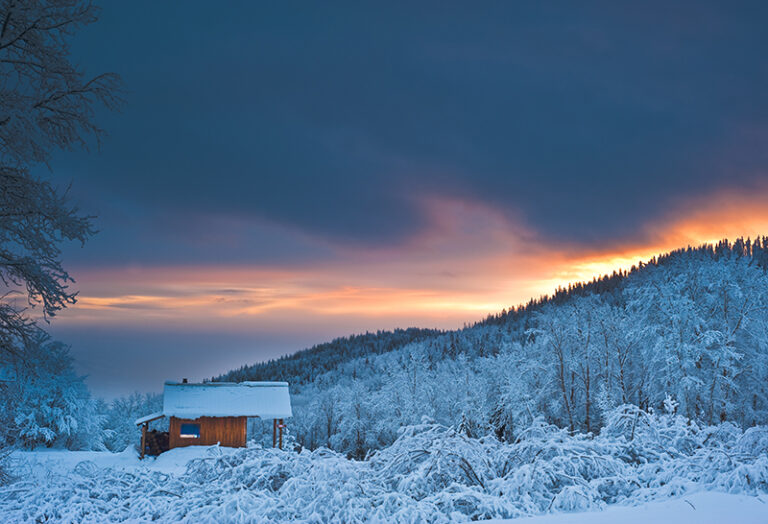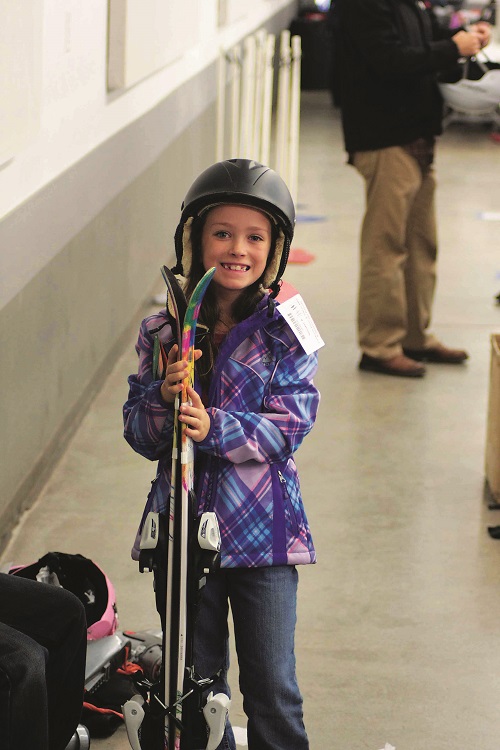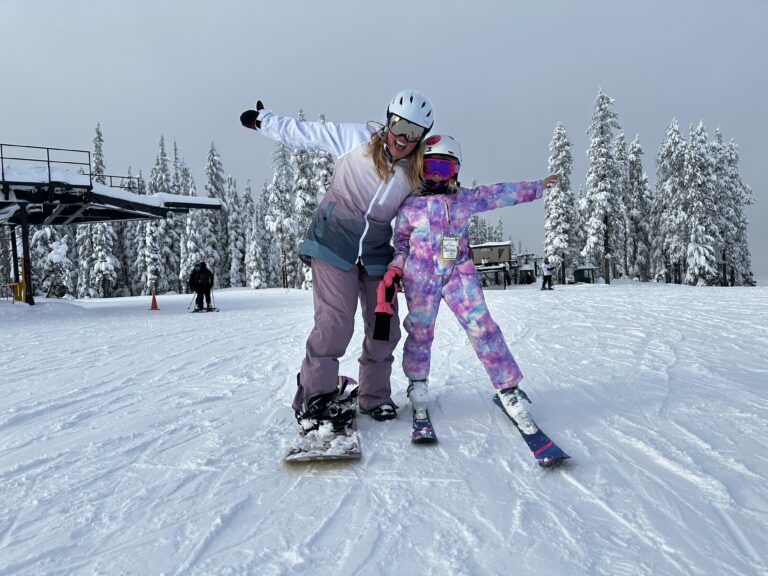PIONEER VOICES OF PRIEST LAKE
Kris Runberg Smith, Editor
Kehoe Press, 2007, 208 pages
DRAWING ON CHILDHOOD memories of the Priest Lake region, Ms. Runberg Smith weaves oral histories from a dozen or so Priest Lake pioneers into a refreshing view of the region’s history. Unlike some of the prior histories of the region, which tend toward being family histories, Runberg Smith selects from a wide range of interviews to present a comprehensive picture of the whole Priest Lake watershed.
At the turn of the last century a handful of enterprising individuals moved into the Priest Lake basin to eke out a living. Over 25 years ago, under the auspices of the Priest Lake Museum, this book’s editor interviewed a number of first and second generation residents of Priest Lake to capture an oral history of the region. She also drew on the personal collections of area residents and historical archives to create a collection of historic images. Now, Runberg Smith links those stories and images into a compelling and comprehensive reminiscence of early life at “the lake.”
The editor speaks to many of the topics covered in the book through the voices of many speakers. The breadth of view presented by various speakers is made more entertaining by preserving the individual voices of the pioneers. The transcriptions presented preserve the differences in speech patterns and emphasis imparted by the individual speakers.
Runberg Smith uses the pioneers voice to follow the evolution of the Priest Lake landscape from one of resource extraction: logging, fur trapping, and mining; to agriculture with a focus on recreation and tourism. She shows us how improved transportation, shortening the trip between the lake and Spokane from two days to two hours, enabled this shift.
Pioneer Voices provides those with a personal link to Priest Lake a deeper understanding of and appreciation for the local lore; a better knowledge of the hardships endured by the earlier residents.
Stan Miller
MOUNTAIN MADNESS
Robert Birkby
Citadel Press 2008, 342 pages
Years before Himalayan guiding grew into the current adventure-travel machine, Scott Fischer summitted Mount Everest, K2, Lohtse and several other mountains. Thanks, in part, to those successes and some entrepreneurial thinking, Scott actually helped create the current adventure-travel machine, but not until after his death was picked over in the mainstream media.
By every account, he was a superb mountaineer and an exuberant personality. But most people only know him through the writings of Jon Krakauer and his bestseller, Into Thin Air. Yet the prologue leading up to that fateful day contains more epics and harrowing-survival tales. There’s a good reason why many NOLS instructors referred to Scott as ‘The Fallingest Climber Alive.’
Author Robert Birkby, a good friend and an early contributor to Mountain Madness (the company), climbed and traveled with Scott on many outings including trips to Africa, Nepal and Alaska. Birkby maintained numerous journals during his expeditions with Scott, and after the 1996 tragedy he spent several years tracking down characters in Scott’s past. Birkby’s research, as well as many notable interviews, testifies to the quality of his relationship with one of America’s best Himalayan guides.
Birkby laughingly but lovingly recounts Scott’s early years and his driving teenage enthusiasm to become a professional climber. He spends a couple of chapters laying the foundation of Scott’s future path by highlighting his many years as a NOLS instructor. Throughout the book, Birkby intermingles dozens of other prominent climbers and Scott’s involvement with them-such as Ed Viesturs, Stacy Allison, Pete Athans and a chance meeting with Sir Edmund Hillary. Birkby even points out that Scott’s 1994 Everest trip was notably the first clean-up expedition, and sparked many of the Sherpas to bring trash and equipment down.
Frankly, if Scott Fischer was 1 of 8 or 1 of 80 to die on Everest, May 10th, 1996, his life and climbing memoir would still merit a place on any mountaineer’s bookshelf. Scott Fischer lived a bold life, contributed greatly to the climbing community, and Mountain Madness is a brilliant read for everyone that enjoyed Into Thin Air.
Jon Jonckers
WALKING THE BIG WILD: FROM YELLOWSTONE TO THE YUKON ON THE GRIZZLY BEARS’ TRAIL
Karsten Hauer
McClelland & Stewart, 2002, 257 pages
By the early 1990’s, wildlife biologists were identifying wildlife migration routes between and among the many protected areas of the Rocky Mountain Eco-region. This understanding grew into the Y2Y initiative, an informal proposal to evaluate the wildlife pathways between existing protected areas like Yellowstone and Glacier Parks in the US and Waterton and Banff Parks in Canada.
After graduating from the University of Calgary, Karsten Hauer worked as a wildlife biologist and backcountry ranger for Parks Canada. For half a decade Hauer covered the wilds of Banff and Jasper Parks helping backcountry travelers and working with other wildlife biologists on studies of the Parks’ animals. Some of these studies lay the foundation of Y2Y.
While reading Walking the Big Wild we see Hauer mature as an advocate for wildlife. And, we share his adventure as he and his companions evaluate the feasibility of the Yellowstone to Yukon (Y2Y) initiative. Setting out from Yellowstone National Park in June of 1998 Hauer began an 18 month, 2000 mile journey along the spine of the Rocky Mountains. His journey would end near the border between British Columbia and the Yukon Territory. Wanting to see how much of the habitat along the Y2Y still suited wilderness loving critters motivated Hauer and his supporters to carry out the trip.
Except for segments in US national parks where dogs are prohibited, Hauer’s border collie Webster accompanied him the entire trip. Read the Big Wild; join Hauer, Webster and other companions as they confront the wilderness on foot, on skis and in canoes. Slash through alder thickets, wade raging rivers, trigger an avalanche or two and float lazily downstream in a canoe. Join them at hostile and friendly presentations. Meet bears, wolves, wolverines, caribou, moose and elk face to face. With them discover that nearly 85% of the land along your route still harbor grizzly and wolverine, the indicator species of Y2Y.
Read Walking the Big Wild, you will then understand Y2Y.
Stan Miller













